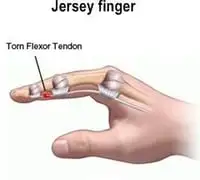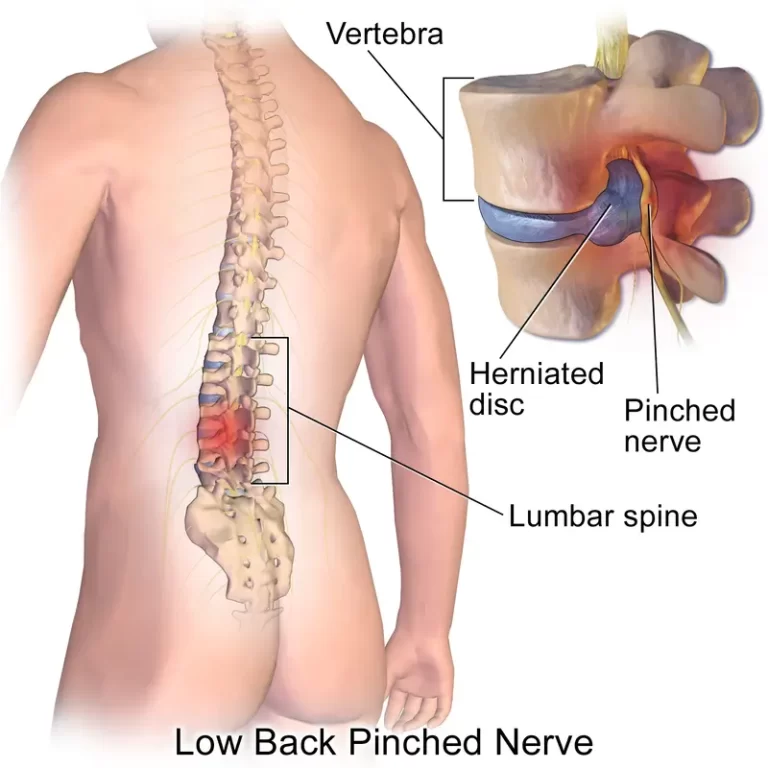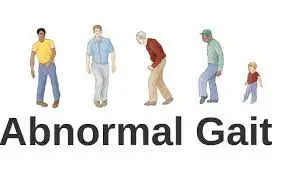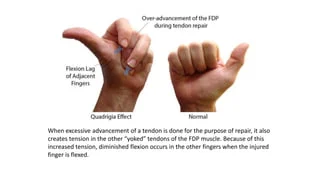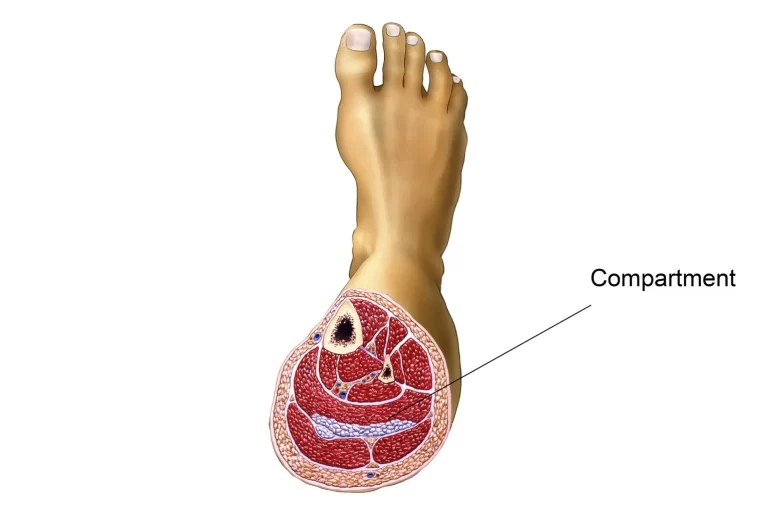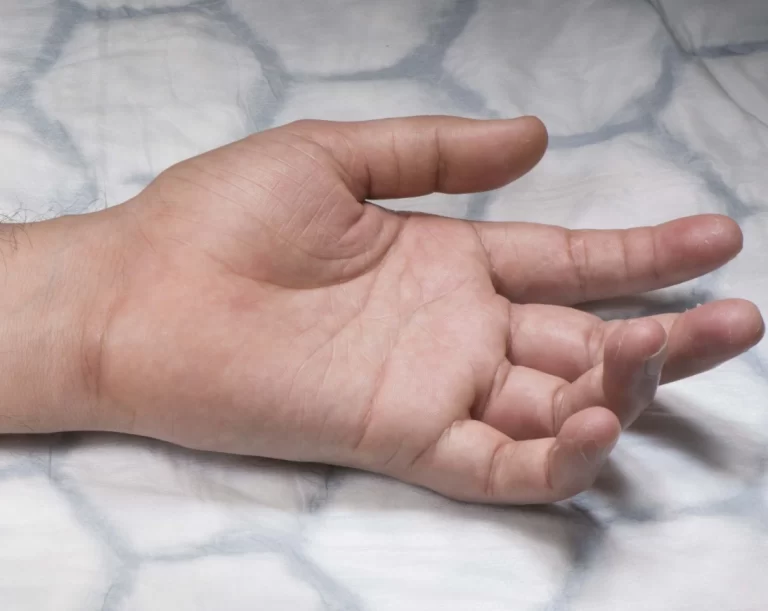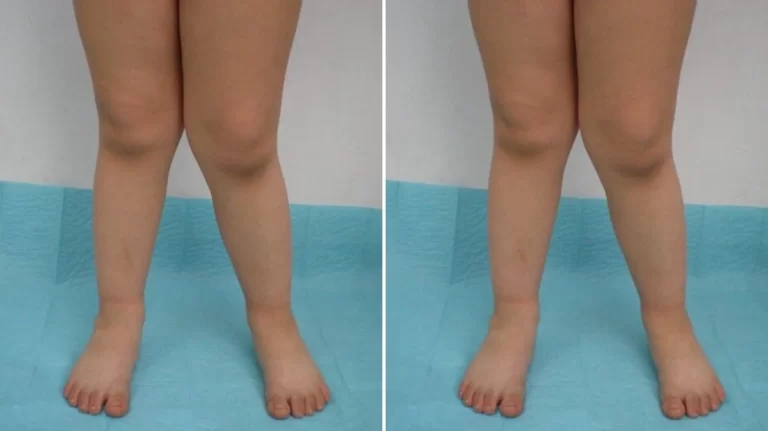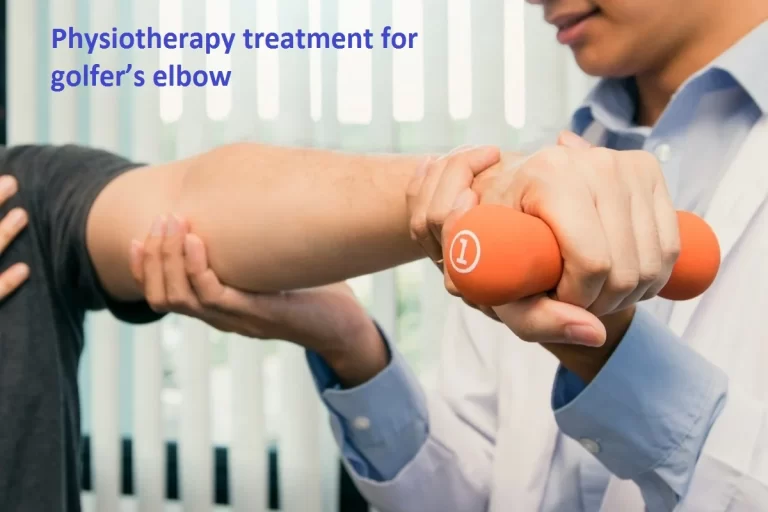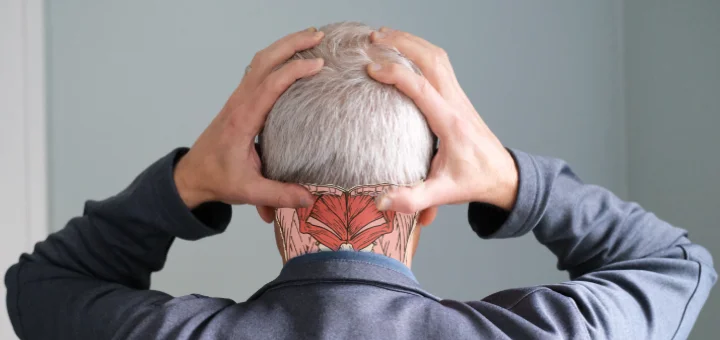Jersey’s finger:
What is a jersey finger? A Jersey finger, also known as a rugby finger, is a type of injury to the hand where the flexor digitorum profundus (FDP) tendon is avulsed or torn from its insertion point on the distal phalanx bone of the finger. This injury is typically caused by forceful traction or pulling…

